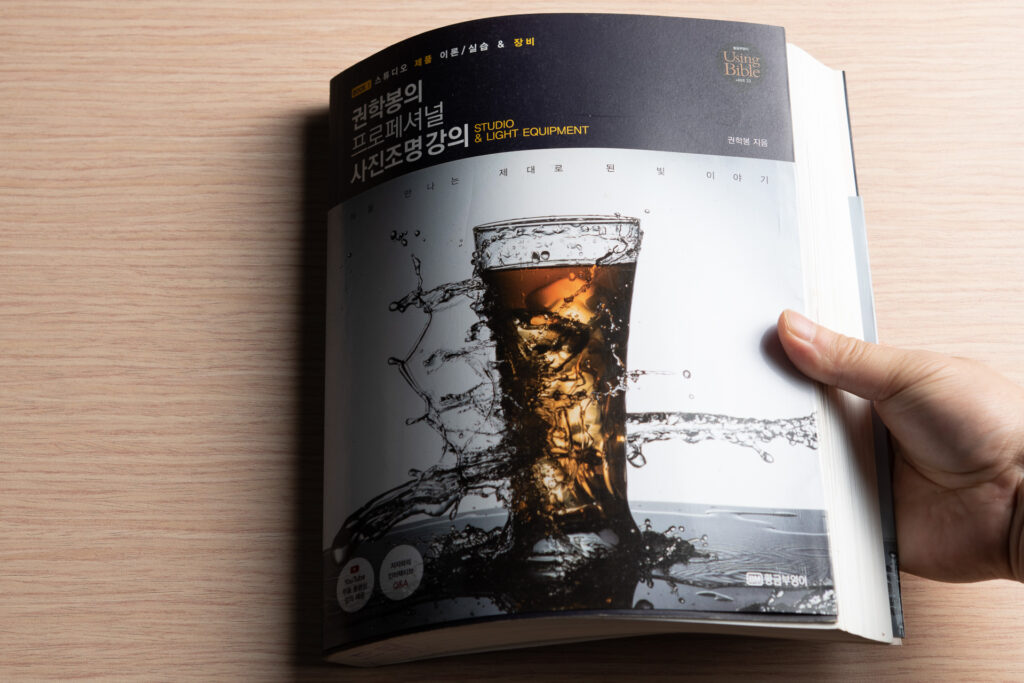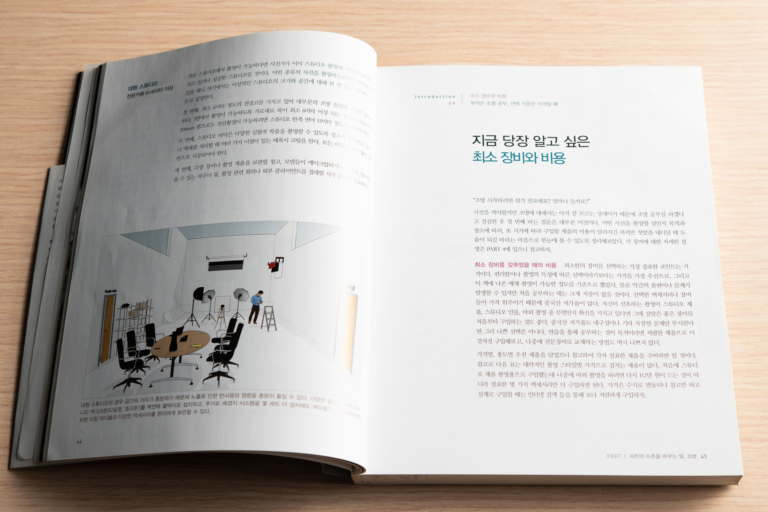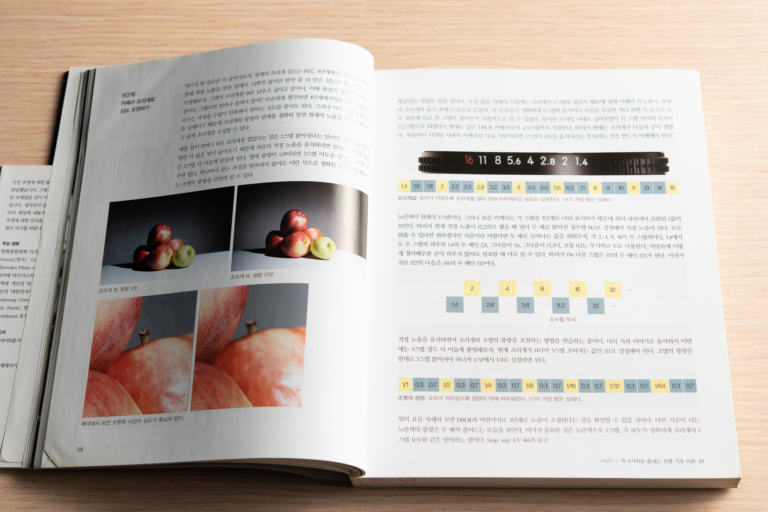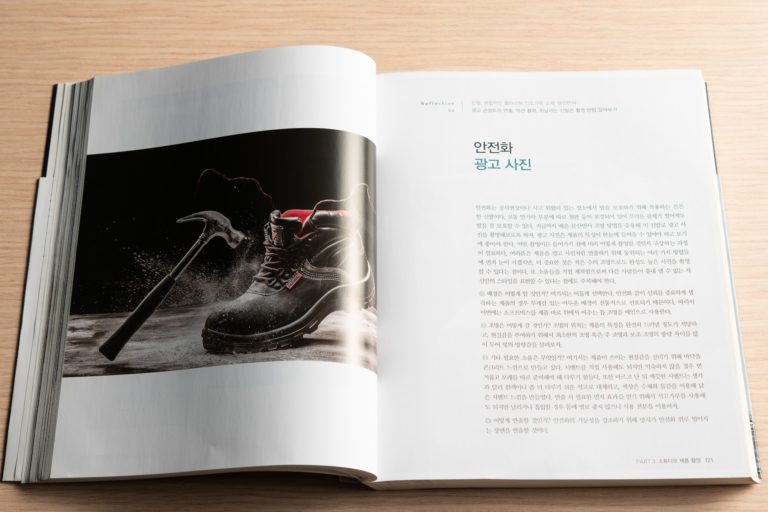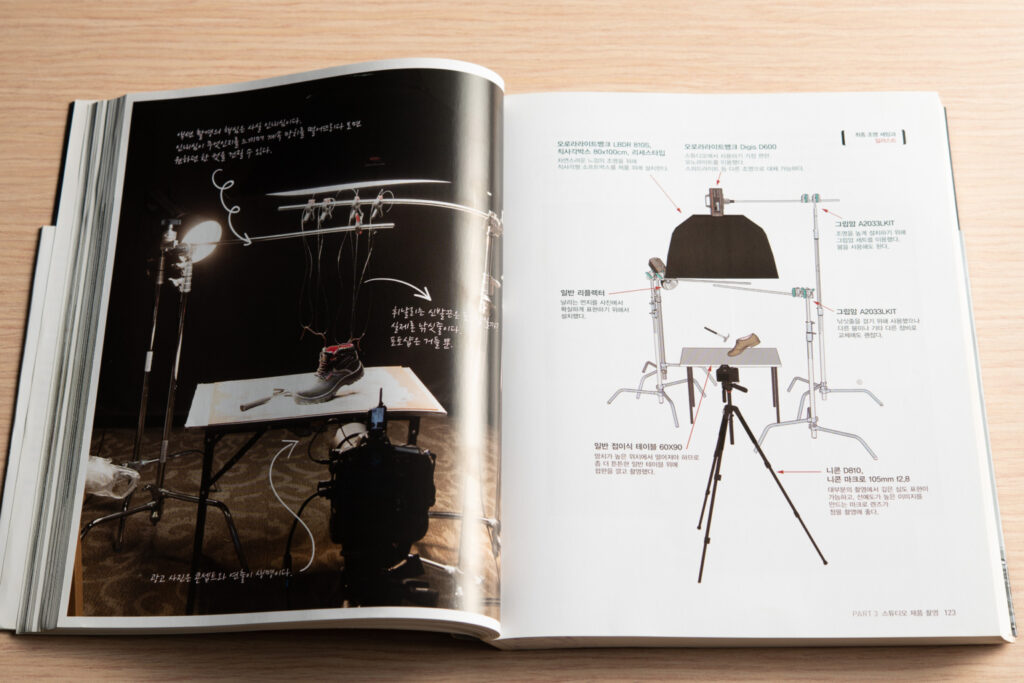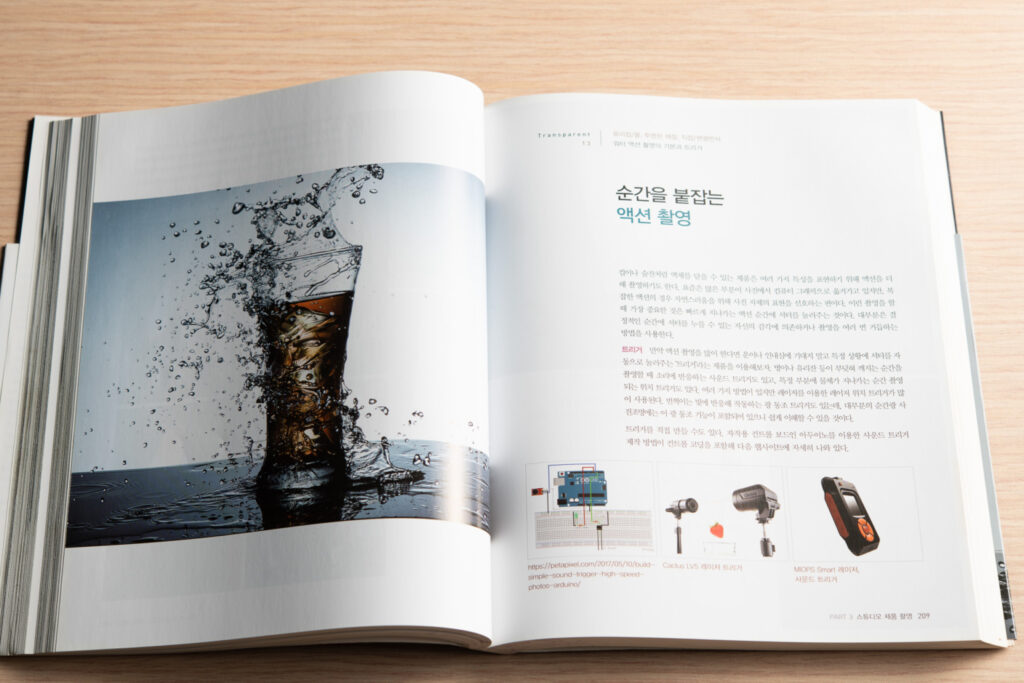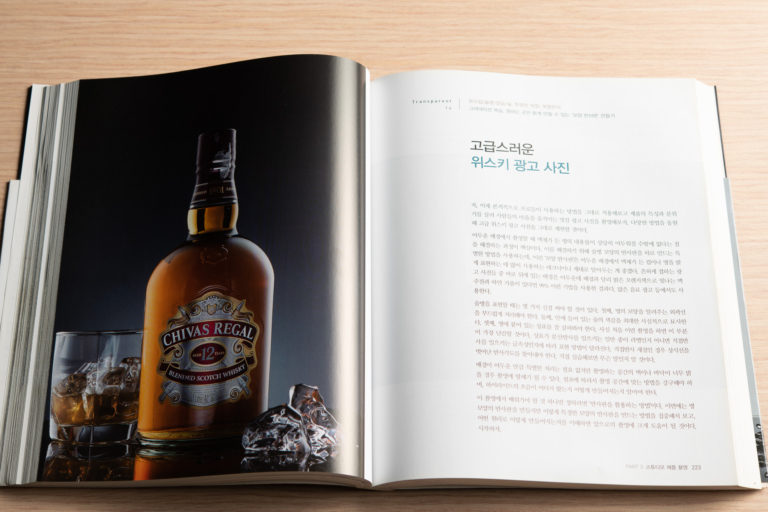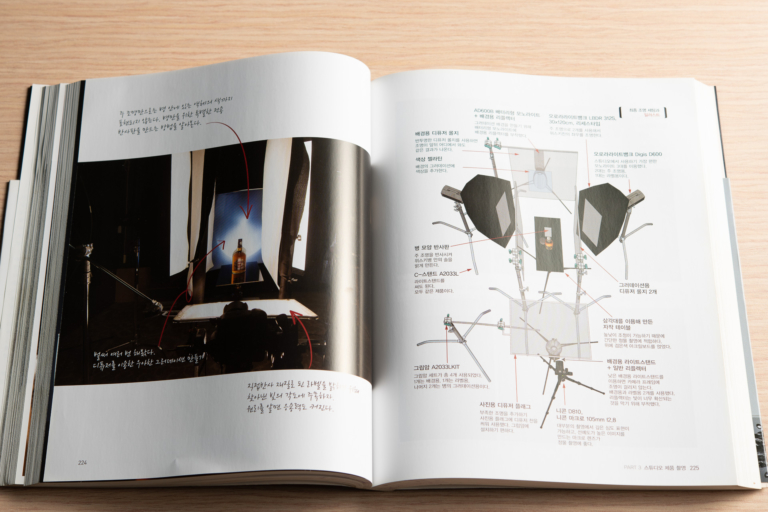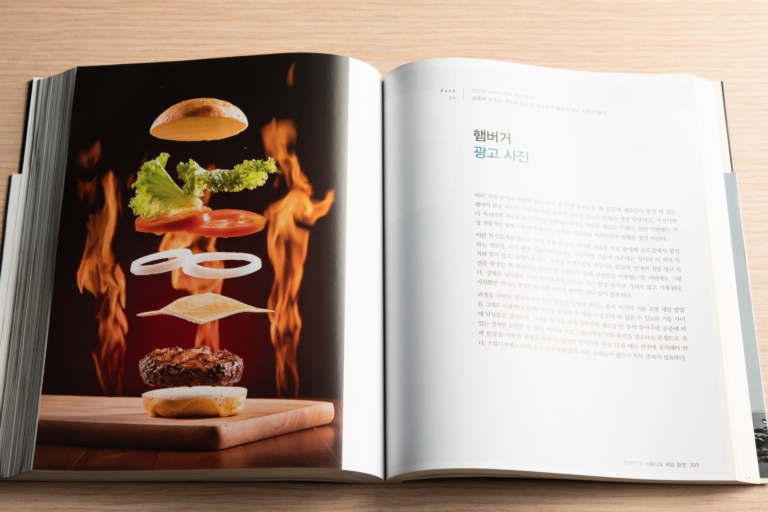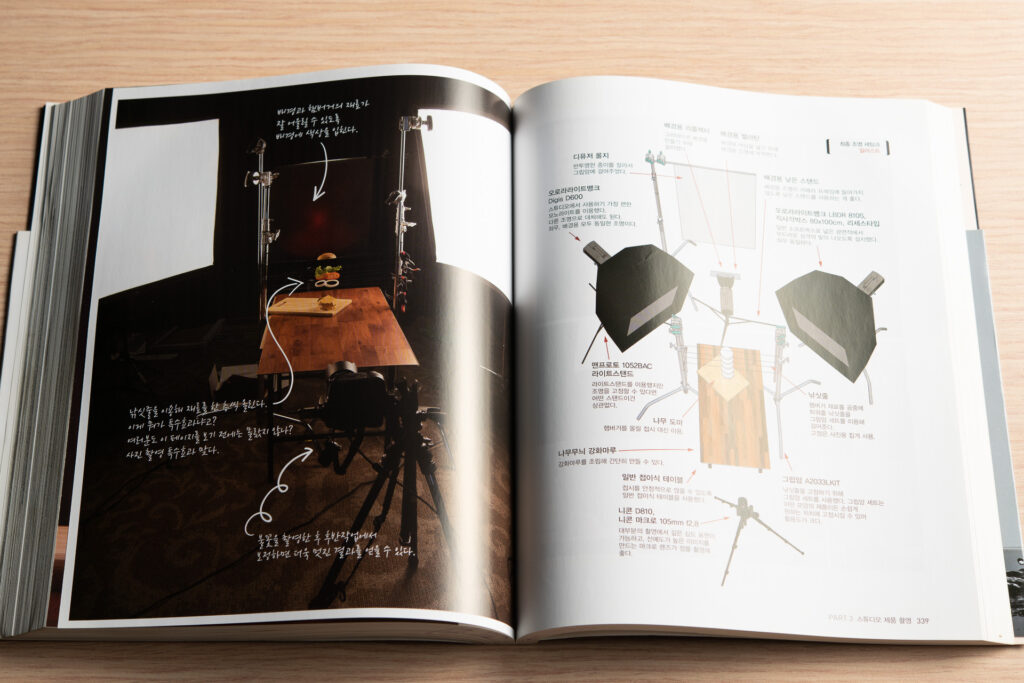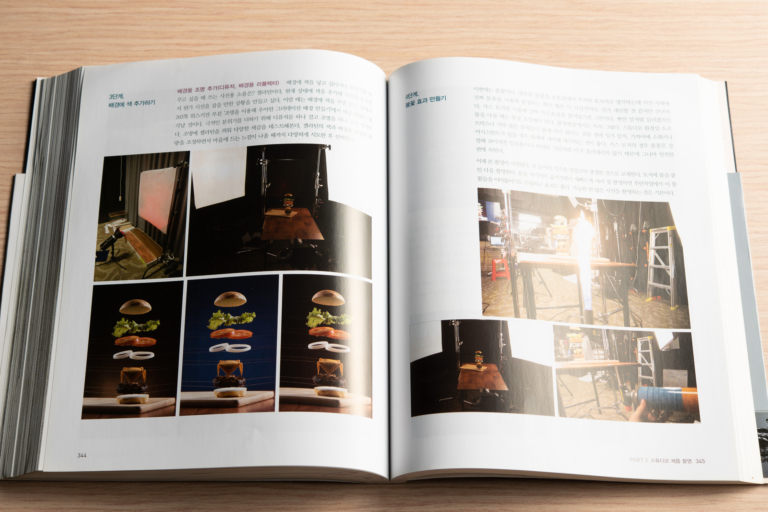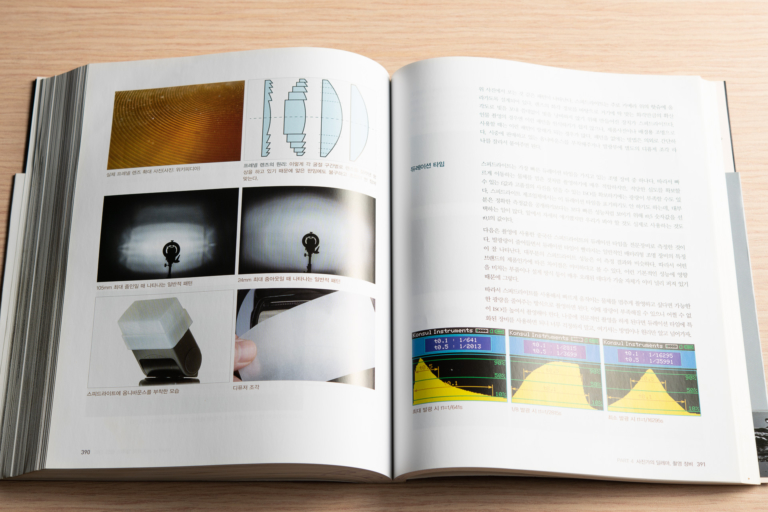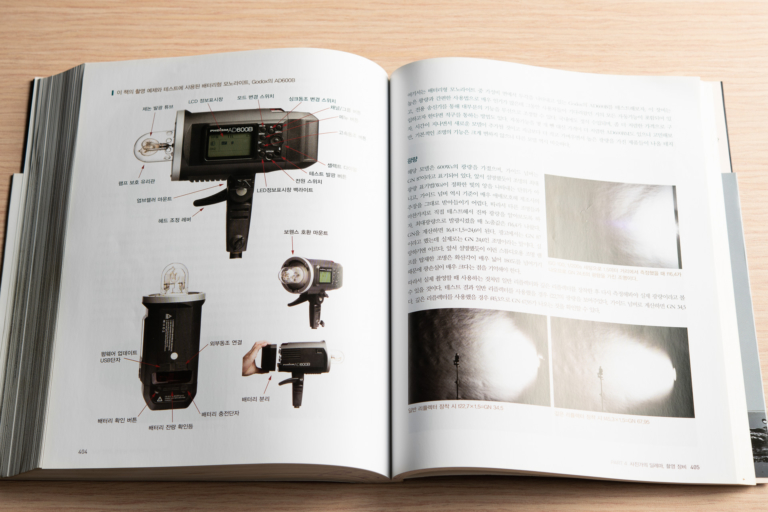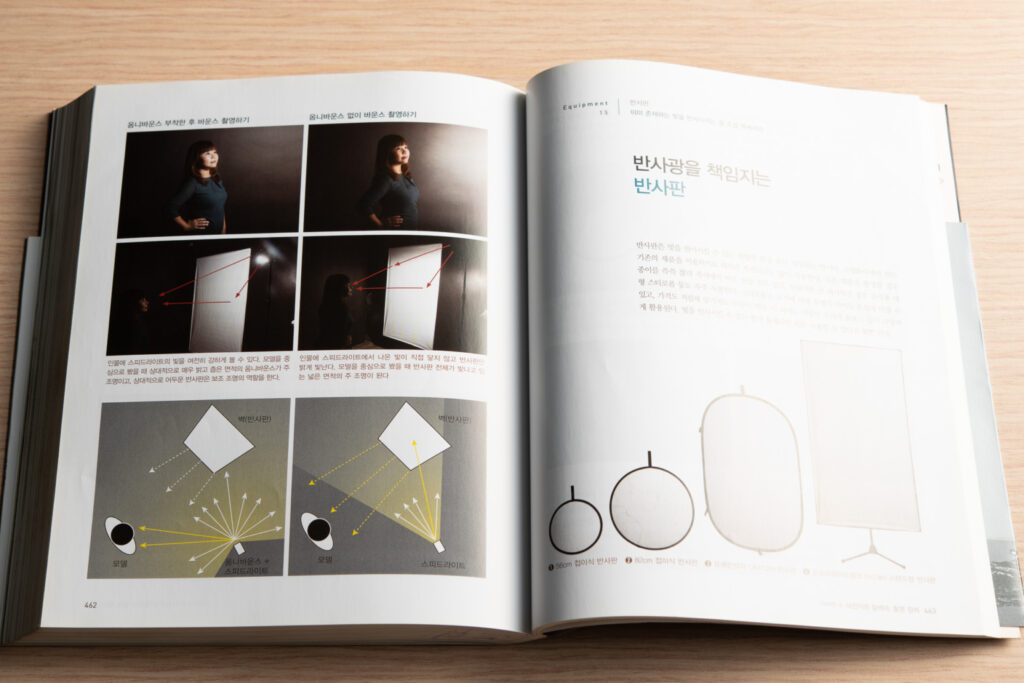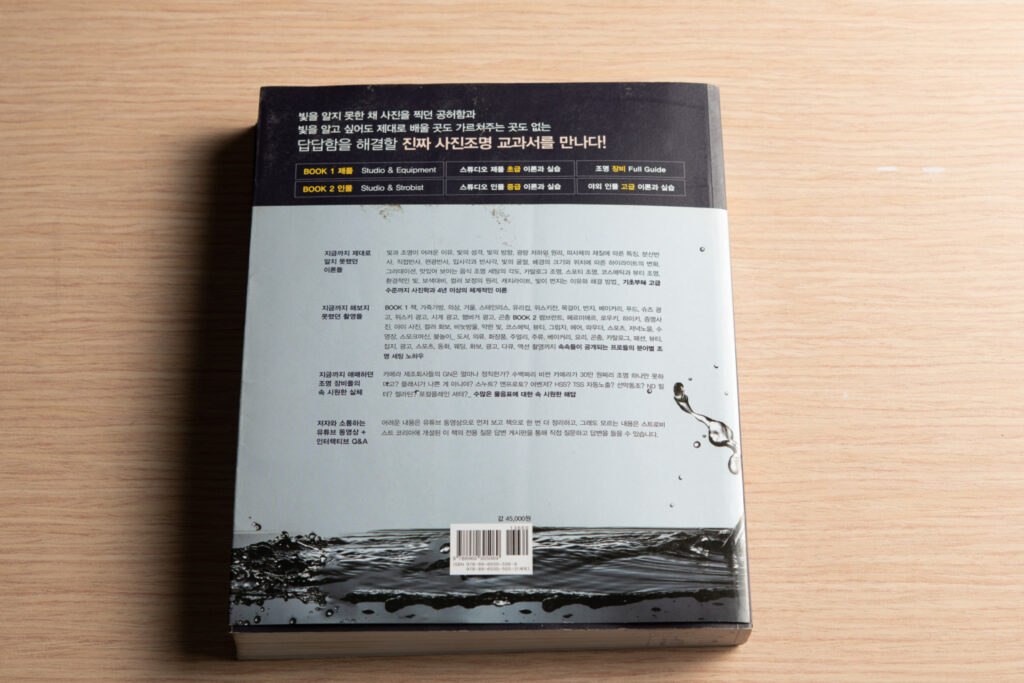
Professional Lighting Techniques by Hakbong Kwon – Book 1
A comprehensive lighting bible that covers everything from the basics of photographic lighting to advanced theories, presented in a clear and practical format.
With a focus on studio-based product photography, this volume provides in-depth comparisons of lighting equipment alongside real-world usage examples.
Designed to be accessible even to complete beginners, the content goes beyond a typical four-year university photography curriculum.
Readers also benefit from supplementary materials, including the author’s YouTube tutorials and an active online community.
Author’s Note on Professional Lighting Techniques by Hakbong Kwon – Book 1
The reason I decided to write this book on photographic lighting was not just to share technical information,
but to pass on the hard-earned knowledge, trial and error, and answers to countless questions I’ve faced in the field over many years.
Many photographers shy away from lighting because they believe it’s too complicated, too expensive, or too abstract.
I’ve been there too—lost in a sea of poor information and misleading practices, buying and breaking all kinds of gear,
learning the hard way. This book is a record and reflection of that long journey—intended as a map to help fellow photographers navigate the path with greater clarity and confidence.
As I prepared this book, my two guiding principles were: “Anyone should be able to understand it,” and “It should be immediately applicable in the field.”
That’s why I didn’t just list theories. Instead, I structured the content into beginner, intermediate, and advanced levels—surpassing the depth of most university programs.
I personally planned dozens of shooting scenarios, recruited various models and locations, built lighting setups from scratch, and included every detail within the book.
The lighting equipment section especially goes beyond the marketing and branding found online.
Only the tools I personally purchased and tested are included.
From multi-million-won commercial systems to household clips costing mere cents,
this book offers a realistic, experience-based guide for selecting gear that truly serves the needs of photographers.
This is the first of two volumes.
Book 1 focuses on equipment and products, emphasizing studio-based lighting practice and foundational lighting systems.
Topics include lighting characteristics, distance and direction, reflection and diffusion, color temperature, and more—all presented in a structured and accessible format.
By the end of this book, even those just starting out with lighting should have the skills to build practical lighting setups with their own gear, tailored to the situation at hand.
Above all, I hope this book is more than just an information source—
I hope it becomes a stepping stone that helps readers develop their own visual language and expression.
To control light is to control photography.
And to understand light is to understand image-making itself.
May this book be a steady companion for everyone walking the path of photography.

